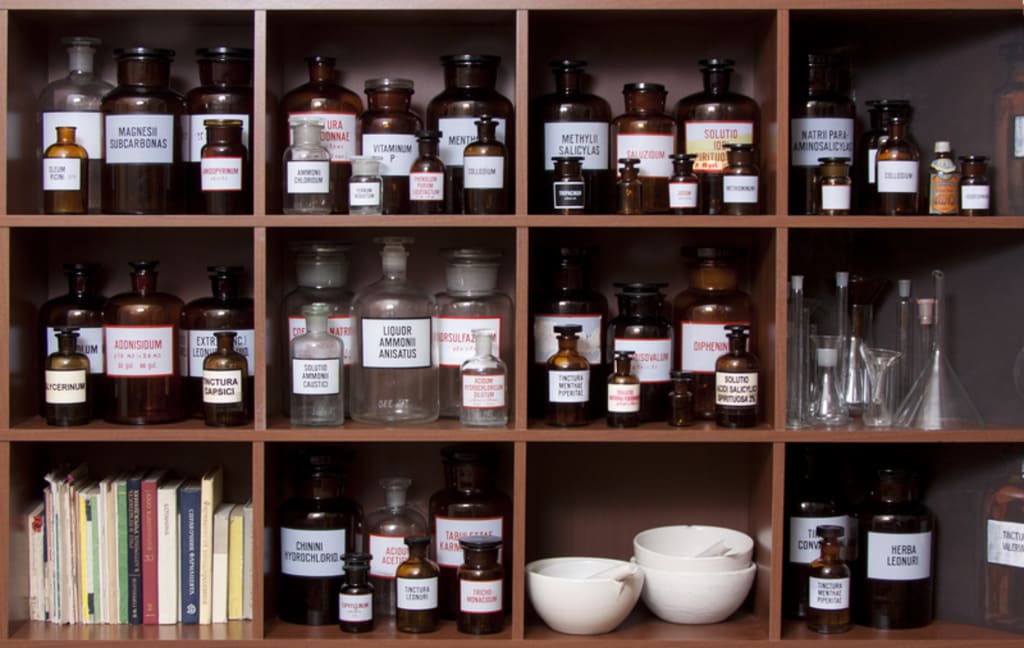Holistic Medicine Explained
This article will explain the different forms of holistic medicine and treatments.

Holistic medicine treats the body as a whole instead of parts. Conventional medicine is used to cure disease, while holistic medicine will balance the body. The practice of holistic medicine has been used in many different cultures and in many different ways to bring a balance within the body and mind. Current holistic principles are to obtain optimal health by helping the patient mentally, physically, and spiritually; treat with love and unconditional acceptance, and establish a relationship so the patient realizes they are not a statistic to you.
One of the many benefits to holistic medicine is the patient driven care. Patients have a direct hand in their own cures and are counseled throughout the process. A holistic practitioner is responsible for learning the patient’s lifestyle and, in essence, becoming a friend. A report is established and the patient is treated as an individual, making each case in holistic medicine a unique experience.
Five modalities are used in holistic medicine. The first modality is medical systems such as homeopathy, a system of treatment based on medicinal herbs. The second is body-based practices such as acupuncture a Chinese treatment of needles placed in specific areas of the body to correlate with a desired result. The third is mind-body medicine, such as meditation, often used to bring the patient into a relaxed receptive state. The fourth is biological therapy to correct health issues with treatments similar to nutritional counseling or hydrotherapy. The fifth modality, energy medicine, is an energetic healing component similar to Reiki or magnetic therapy.
Integrative or complementary holistic approaches are often combined with conventional medicines. Oncologists often recommend meditation and yoga to supplement treatments. Mental health counselors use aromatherapy to aide in anxiety treatments. Color therapy is used for Alzheimer’s patients. Other common integrative treatments are massage, acupressure, hypnotherapy, and breathing exercises.
Alternative medicine is less recommended because treatments are used alone with no conventional medicine. Parents are recommended to be sure to get regular checkups for their children by pediatricians and to use integrative therapy instead of alternative therapy for children especially in cases of life-threatening illnesses or infections and birth injuries. Alternative medicine is not a substitute for conventional medicine.
Homeopathic medicine was built on the philosophy that the human body can cure itself. The first principle of homeopathy follows is the law of similar, meaning that if a patient is taking too much of a substance, lowering that dose would cure the illness. The second principle is using a single remedy to cure all ailments, and the third is to use the lowest dose to evaluate then give infinitesimal doses. There is no scientific data to support homeopathy. The Food and Drug Administration do regulate homeopathic products but they do not test for safety or effectiveness.
About the Creator
Nathan Thompson
Author of A Study on Fluoride, Holistic Medicine Explained, and Executive Power Expanded.






Comments
There are no comments for this story
Be the first to respond and start the conversation.